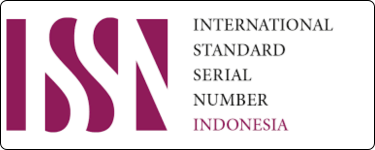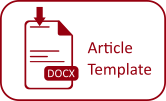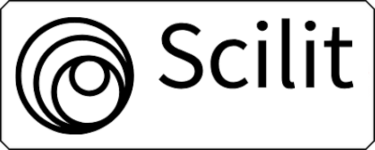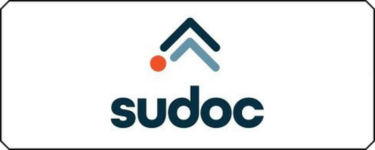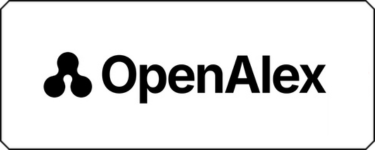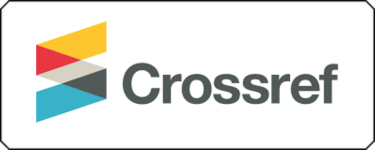Author Guidelines
Author Guidelines – Summary
Submission
Manuscripts must be submitted via the journal’s online portal. Authors should register (as “Author”), log in, and follow the 5-step submission process: Start → Upload Submission → Enter Metadata → Upload Supplementary Files → Confirmation.
Manuscript Requirements
-
Manuscripts must be original and not under review elsewhere.
-
Can be written in English or Indonesian.
-
Length: 4,000 to 6,500 words (18–25 pages, including footnotes and references).
-
Format: Garamond, 12 pt, 1.5 spacing, A4 size.
-
Abstract (150–200 words) + Keywords (3–5 words) in both English & Bahasa.
-
Structure: Title, Author Info, Abstract & Keywords, Introduction, Methods, Discussion, Conclusion, References.
Citation Style & References
-
Use Turabian Full Note for footnotes and bibliography.
-
Use reference management tools (e.g. Zotero, Mendeley) for consistency.
-
References should be recent and relevant, organized alphabetically by type (books, articles, legislation, online sources).
Title & Authorship
-
Title: concise, up to 14 words (Indonesian) or 10 words (English), ALL CAPS, Garamond 18 pt, bold.
-
Author names: without academic titles, Garamond 12 pt, bold; affiliations and emails in Garamond 11 pt.
Introduction Section
The Introduction must clearly articulate:
-
The research problem
-
The state of the art / current knowledge
-
The novelty or unique contribution
-
The research objectives
No sub-sections allowed in the Introduction.
Review & Editing
All manuscripts undergo peer review by experts. The editors reserve the right to make editorial changes (without altering substance). Authors must respond to queries from readers post-publication.
For the full and complete version of the Author Guidelines, please refer to the following link:
https://drive.google.com/file/d/1sQOWPDD_4DSobEKCNbVBgoKHcGbtqFIq/view?usp=sharing


